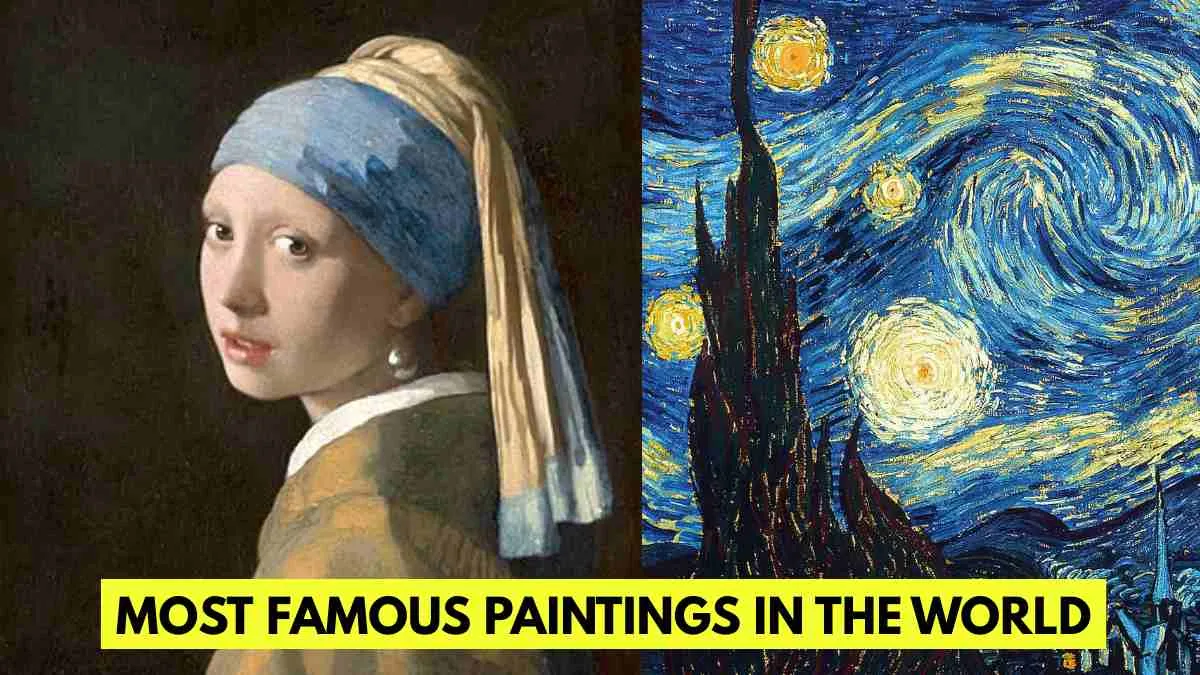Paris, France – Across centuries, art has transcended mere aesthetics to become one of humanity’s most powerful forms of expression. It captures emotion, documents history, and challenges perception. Among the countless masterpieces created throughout history, a select few have achieved legendary status — works that have not only defined artistic movements but also transformed how we understand creativity and the human spirit.
At the top of this list is Leonardo da Vinci’s Mona Lisa (c.1503), arguably the most famous painting in the world. Housed in the Louvre Museum, its mysterious smile and masterful use of sfumato continue to intrigue scholars and visitors alike. More than a portrait, the Mona Lisa is a symbol of Renaissance innovation, bridging the gap between art and science through da Vinci’s meticulous attention to human anatomy and light.
Another masterpiece of emotional depth and innovation is Vincent van Gogh’s The Starry Night (1889). Painted during his stay at a mental asylum in Saint-Rémy-de-Provence, the swirling night sky reflects the turbulence of Van Gogh’s mind. Its contrast between chaos and serenity — expressed through vibrant brushwork and intense colour — continues to inspire modern artists and remains one of the most celebrated works in the Museum of Modern Art, New York.
Equally monumental is The Last Supper (1495–1498), Leonardo da Vinci’s dramatic mural in the Convent of Santa Maria delle Grazie, Milan. The painting captures the pivotal biblical moment when Jesus announces that one of his disciples will betray him. Through the apostles’ gestures and expressions, da Vinci transforms a religious narrative into a study of human emotion and psychology, making it one of the most analysed and revered works in Christian art.
The subtlety of Johannes Vermeer’s Girl with a Pearl Earring (c.1665) offers a striking contrast to these grand narratives. Often referred to as the “Mona Lisa of the North,” Vermeer’s portrait is a masterclass in light, intimacy, and simplicity. The young girl’s enigmatic gaze and understated elegance transcend the conventions of Dutch Baroque painting, while its modern sensibility continues to captivate audiences at the Mauritshuis Museum in The Hague.
The surreal landscape of Salvador Dalí’s The Persistence of Memory (1931) redefined the boundaries of artistic imagination. Its melting clocks and dreamlike imagery delve into concepts of time, memory, and subconscious perception. A cornerstone of the Surrealist movement, Dalí’s painting — also housed at MoMA — remains a cultural icon, influencing everything from philosophy to contemporary design.
Other masterpieces on this illustrious list include Botticelli’s The Birth of Venus, an emblem of Renaissance beauty and mythology; Picasso’s Guernica, a searing anti-war statement; Michelangelo’s The Creation of Adam, which captures the divine spark of humanity; Grant Wood’s American Gothic, a symbol of American realism; and Munch’s The Scream, a timeless depiction of existential angst.
Together, these works transcend their canvases. They are more than images — they are cultural milestones, each representing a breakthrough in technique, concept, or human expression. Centuries after their creation, they continue to shape our understanding of art, provoke reflection, and remind us that creativity is one of humanity’s most enduring legacies.









